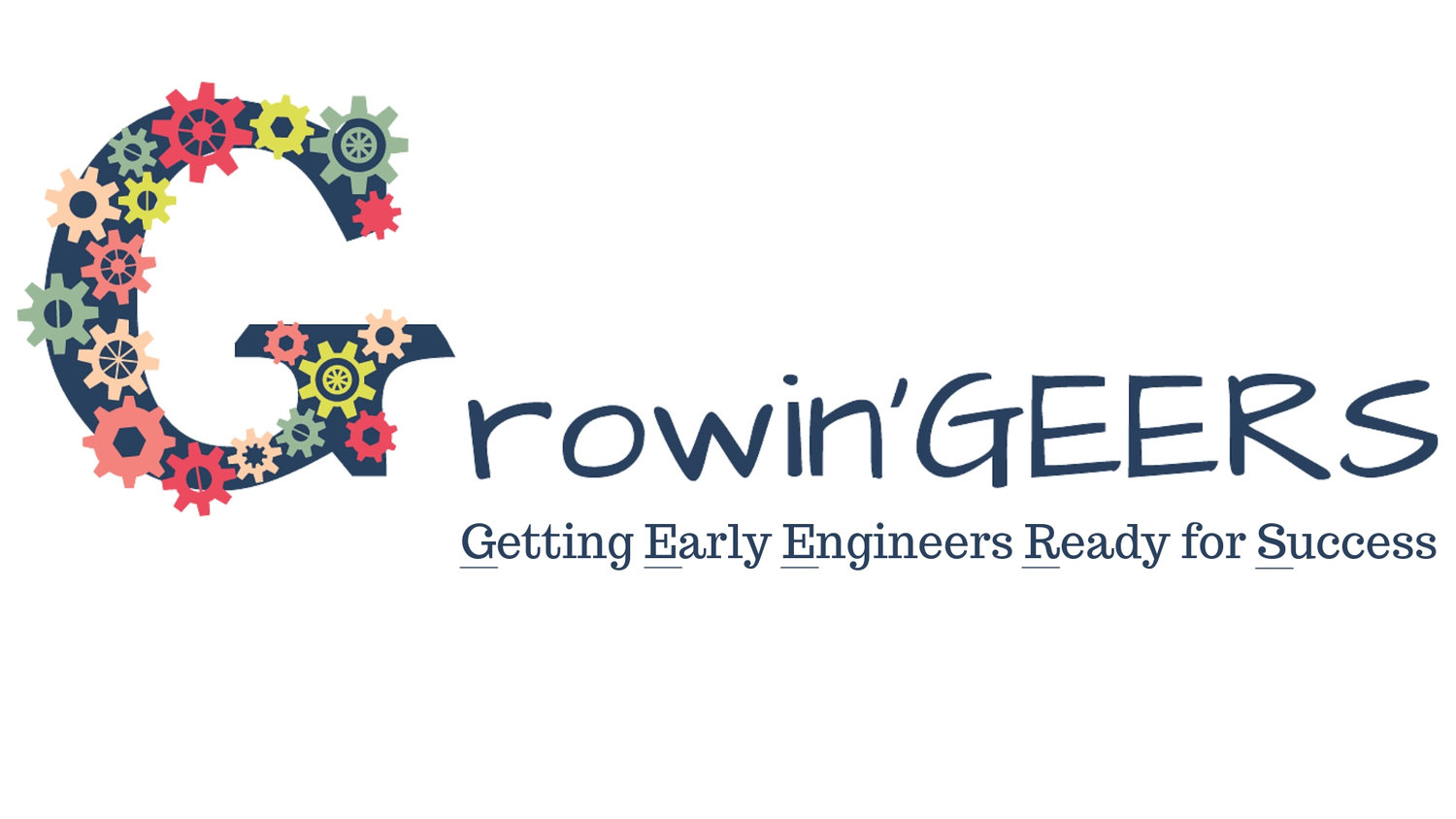Education is a hot bed for buzzwords and phrases: disruptive technology, digital literacy, MOOC, and the list goes on.. Buzzwords are good and bad. They bring attention to items that we need to be aware of (hence the technology reference in every word we listed above), but they also can be misused to create marketing hype around products and services.
As you probably already know, our favorite buzzword, (buzz acronym really) is STEM (Science, Technology, Engineering, and Math). The reason why this buzzword is so near and dear to our hearts is because we believe it encourages the integration of some key areas that are cross functional in the digital or information age. When these four segments are integrated, they can truly create a learning environment that will prepare our students for the careers of the future, many of which may not yet exist.
STEM experiences brings attention to and demonstrate the value of the integration of these four disciplines. Yet, STEM is often referenced in circumstances when only one of the 4 pillars is in use. Can you think of any recent science experiments that you saw online that were referred to as STEM? What about math exercises or worksheets? Or perhaps a building or construction toy that included the STEM acronym in its packaging or marketing? The value that STEM brings is the actual application of these four disciplines to one problem or one exercise; not just a science or math exercise in a silo. The significance of STEM is teaching our students to recognize opportunities to apply science, technology, engineering, and math skills in ways that challenge their critical thinking abilities and prepares them to not be afraid to use a concept or idea differently than how it was originally explained or taught.
Today’s careers, and those of the future, will require our children to apply the skills they are learning now in creative and innovative ways. Adapting their learning to fulfill the demands of the future is what we need to be preparing our children to be able to do. So, how can we enable students to feel comfortable in that regard? We believe it centers around encouraging creativity, critical thinking, and a certain comfort level with failure. And cultivating these skills cannot be done with a set of instructions. Providing students with the answers without encouraging them to ideate and redesign limits the opportunity for students to think critically or challenge any preconceive ideas or prior knowledge. Instructions do not lead to failure, innovation, and creativity. Testing a hypothesis, asking open ended questions, and encouraging redesign creates an environment of innovation.
So, next time you hear the term STEM, ask yourself these questions when trying to decide if the product, service, or activity truly embodies the value that STEM adds to learning:
1. Does it encompass more than 1 discipline from the four pillars of STEM?
2. Is your child engaging his or her problem solving and critical thinking abilities rather than simply following a set of directions?
3. Is your child encouraged to create his or her own solution along with a testing process to know if they were successful or if they should consider modification?
4. Is technology utilized not only in the delivery of the content, but also in how students connect with the problem and complete the task.
If you answered yes to 3+ questions above, the activity likely embodies the foundation of STEM and encourages critical thinking, innovation, and creativity. Stay calm, and STEM on!
*Shout out to @SherylDwyer for the deep discussions and insights on this topic from the perspective of an educator!*
Did you enjoy this post? If so, please share it on Pinterest!


